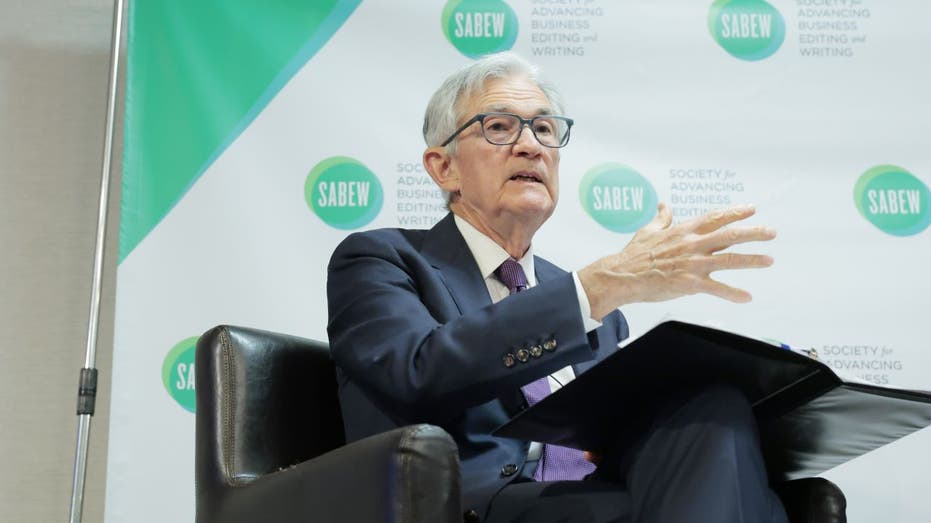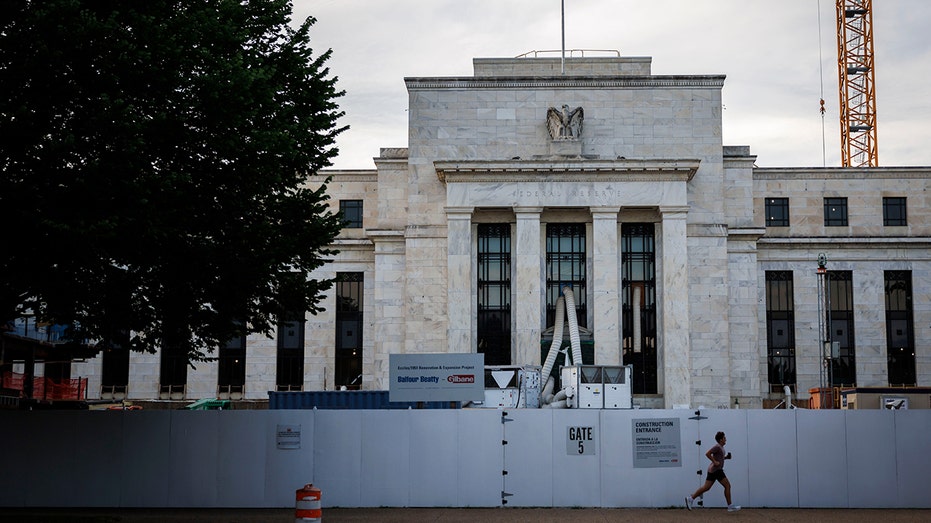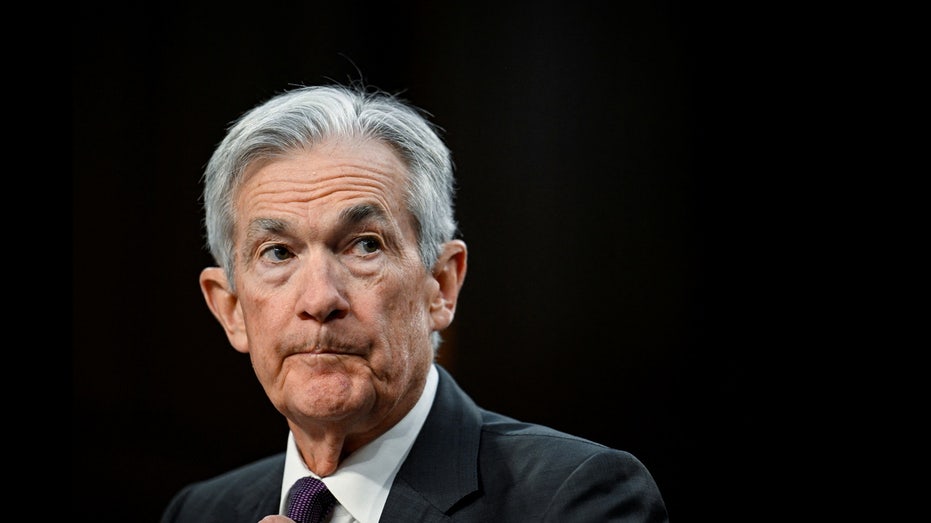

Federal Reserve Chair Jerome Powell has asked the central bank's inspector general to review the renovation of its historic headquarters in Washington, which Trump officials have seized on as a new way of criticizing the Fed's operations amid a push to compel Powell's resignation.
Over the weekend, Powell reportedly asked Federal Reserve Inspector General Michael Horowitz to review the project — which has been beset by cost escalations compared to the renovation's pre-pandemic cost estimate. The news was first reported by Axios, while Reuters cited a source familiar with the request in a subsequent report.
Powell's request follows a letter he received from Office of Management and Budget (OMB) Director Russell Vought last week, who criticized the project's $2.5 billion price tag, which was up from about $1.9 billion before the pandemic.
Vought wrote that President Donald Trump, who has repeatedly called on Powell to cut interest rates and has threatened to attempt to fire him, is "extremely troubled" by the renovation project. Other Trump allies, including FHFA director Bill Pulte, have suggested the project's cost overruns would justify terminating Powell "for cause" as federal law precludes a termination by the president for other reasons.

Fed Chair Jerome Powell requested the central bank's inspector general to review the renovation project. (Anna Moneymaker/Getty Images / Getty Images)
Powell has said multiple times he intends to serve out the remainder of his term as chair and that the central bank relies on economic data, not political considerations, in making its monetary policy decisions.
The Federal Reserve posted an FAQ about the renovations of the Marriner S. Eccles Building and the 1951 Constitution Avenue Building that explained the project is to preserve two historic buildings that haven't been upgraded since their construction in the 1930s.
The renovations include the removal of asbestos and lead contamination; replacement of antiquated electrical, plumbing, HVAC, fire detection and suppression systems; and changes to comply with safety and building codes.

The yearslong renovation of the Fed's facilities, including the Marriner S. Eccles Federal Reserve building, has experienced cost overruns. (Ting Shen/Bloomberg via Getty Images / Getty Images)
The Fed wrote that a variety of factors have resulted in cost increases, including, "Changes to original building designs as a result of consultation with review agencies; differences over time between original estimates and actual costs of materials, equipment, and labor; and unforeseen conditions (for example, more asbestos than anticipated, toxic contamination in soil, and a higher-than-expected water table.)"
Additionally, the Fed's document addressed some of the claims Vought asked about in his letter. It noted there is no new VIP dining room or a VIP elevator, though the original elevators are being rehabilitated with one being made more accessible for people with disabilities.
While initial designs included new water features at Constitution Avenue, those have been eliminated, and only the original fountains at the Eccles Building are being restored.

Powell has faced pressure from the Trump administration to cut interest rates, which has been compounded by criticism of the renovation project. (Craig Hudson/Reuters / Reuters)
The document also noted that the "garden terrace" in the Fed's 2021 submission to the National Capital Planning Commission was the roof of the underground parking structure that lies beneath the front lawn of the Constitution Avenue facility.
Other "vegetated roofs" or green roofs are used to manage storm water runoff and improve building efficiency, including at other federal government buildings with the encouragement of the General Services Administration.
The Fed noted that it scaled back or eliminated some features on the buildings, including rooftop spaces and new water features, as the project progressed. It also canceled a separate planned renovation of its New York Avenue Building in 2024 due to the higher-than-expected construction costs.
Additionally, the Fed notes that its Board of Governors has been responsible for oversight of the project since it was first approved in 2017 and has also been overseen by the Board's Office of Inspector General (OIG), which audited the project in 2021.
Reuters contributed to this report.
